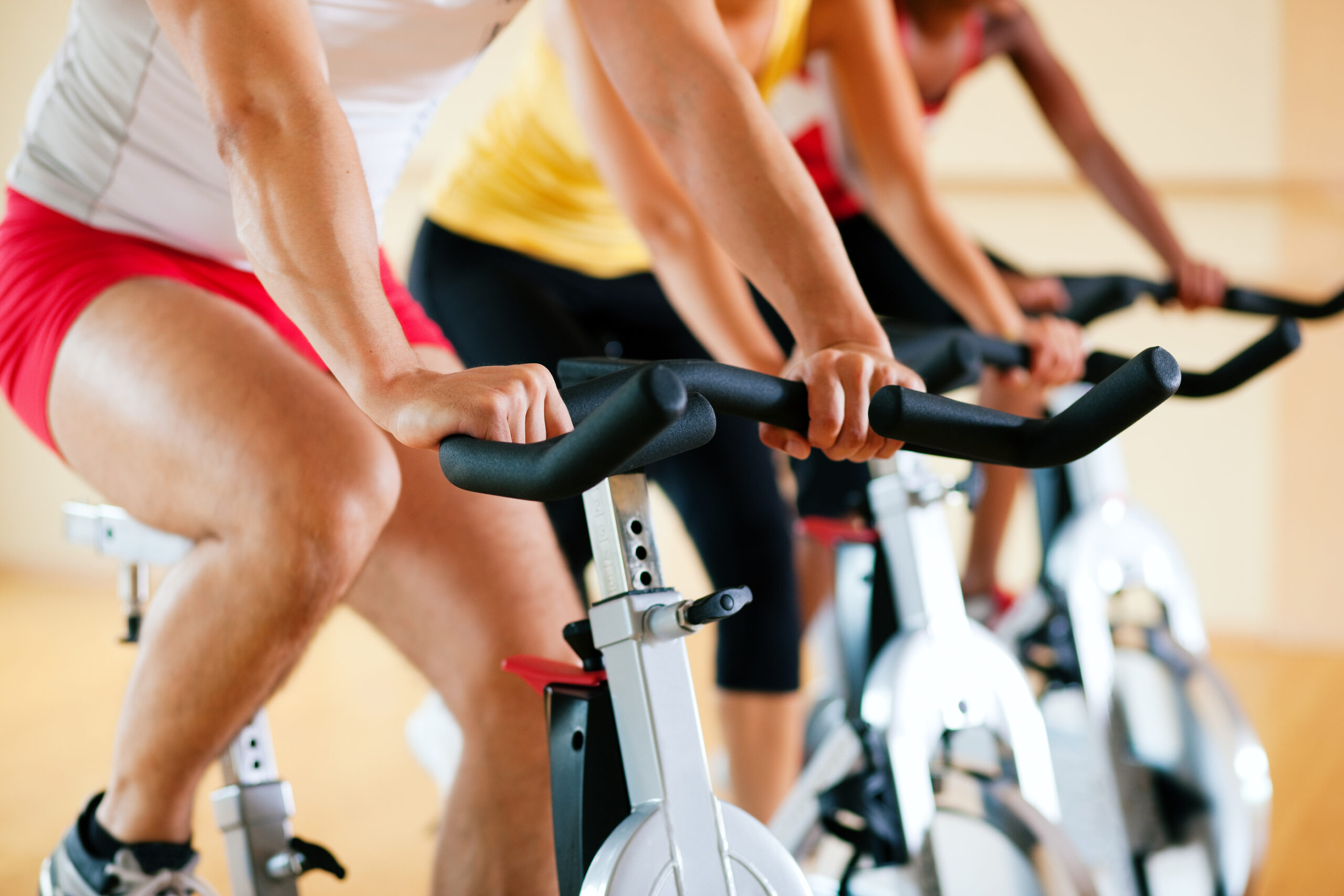Investing in an exercise bike can be a great way to start exercising from home or expand a growing home gym, but in order to keep your bike operating in top form, you’ll have to take care of it.
Luckily, there isn’t that much maintenance to worry about with most exercise bikes – they’re quite low maintenance and easy to take care of.
But still, there are a few tasks worth doing regularly to ensure your bike continues to run smoothly.
In this quick guide, I’ll go over all the common maintenance tasks you should be aware of to keep your new exercise bike in great shape.
After reading, your exercise bikes will be in good hands.
How To Maintain Your New Exercise Bike
Exercise bikes are great because they offer a great cardiovascular workout, they don’t take up a lot of floor space, and they can be quite affordable.
Well, turns out they’re pretty easy to take care of to.
Assuming you’re using it the way it’s supposed to be used and don’t have kids throwing stuff at it or pulling on wires, a quality exercise bike should last for many years.
But in order to keep it working properly, there are a few tasks you should plan on doing on a regular basis.
These include:
Wiping It Down (After every use)
The easiest way to keep your bike working properly is to make sure you give it a quick wipe down after every workout.
Over time, sweat can be pretty corrosive to things like the handlebars, seat, and frame, but you’ll also want to make sure you keep your seat post and drive train clean.
Sweat can even lead to rust on chain drive cycles and make it more difficult to adjust things like the seat and handlebar height.
But a quick wipe down after each workout can help prevent this from occurring.
Check Pedals (Weekly)
You probably won’t have to do this after every workout, but it’s a good idea to check the pedals every week or so just to make sure they aren’t coming loose from the crank.
If you feel any vibrations or sense instability while you pedal, it could be a sign that one or both pedals are coming loose.
I actually had a pedal come off during a workout once, becoming damaged in the process.
This could’ve been avoided if I had been checking the pedals regularly.
If you do have tighten the pedals, you’ll have to use the proper sized wrench and make sure you turn the right pedal bolt clockwise and the left pedal bolt counter-clockwise.
Check Seat (Weekly)
You’ll also want to make sure your seat is nice and tight, at least every week, but giving it a quick wiggle before each ride isn’t a bad idea either.
Seats can gradually loosen over time with regular use and you’ll often feel it happening because you’ll notice the seat is starting to vibrate or move a little during workouts.
Making sure the seat stays secure will make for safer, more comfortable workouts.
Lubricate Chain (Every few months)
A lot of exercise bikes these days use belt drives, and if your bike does, you can ignore this task.
But if you have a bike that uses a chain drive, you’ll want to lubricate it every few months to keep in operating as quietly and smoothly as possible.
You’ll probably have to remove an outside cover to access the chain drive, but that isn’t too difficult.
Once the cover is removed, simply apply a little lubricant to the chain as you rotate the pedals slowly to disperse the lube evenly.
It’s a good idea to reference your bike’s owner’s manual to see what type of lube they recommend using – there are a lot of different kinds to choose from.
If your bike uses a belt drive, again, you probably won’t have to mess with lubricating it, but you’ll still want to make sure the belt stays clean and free from dust and other debris for optimal performance.
Lubricate Seat/Handlebar Posts (As needed)
If you notice it’s getting hard to adjust the seat or handlebars, a little lubricating could go a long way.
You can add a few drops of lubricant to the seat and/or handlebar post and that should help keep ’em moving smoothly for awhile.
Replace Brake Pad (As needed)
This is another one that won’t apply to all exercise bikes – really only indoor cycles that use a friction brake resistance system.
If your bike uses a magnetic system, you can ignore this one.
But friction brake systems create the resistance by applying a felt (or sometimes leather) brake pad against the flywheel and overtime, these brake pads will start to wear down.
As they wear down, you’ll notice that they start providing less resistance during your workouts or that you have to turn the resistance knob more than usual.
Anyway, you can pop that brake pad off and replace it with another one fairly easily.
The frequency with which you have to replace this pad will vary greatly depending on how often you ride and how much resistance you use during your workouts.
And keep in mind all friction brake pads will have to be replaced eventually, regardless of how nice the bike is.
Final Thoughts
That about does it, there really isn’t that much maintenance involved when it comes to exercise bikes.
It’s really all about keeping them clean and ensuring nothing comes loose over time.
Some exercise bikes will require more maintenance than others – bikes with chain drives and friction brake resistance will require more maintenance than those with belt drives and magnetic systems for example.
But when in doubt, refer to your owner’s manual and go by their recommended maintenance schedules.
Also a good idea to always use the manufacturer’s recommended lubrications.
And again, wipe down those bikes after use! It’s important people.




